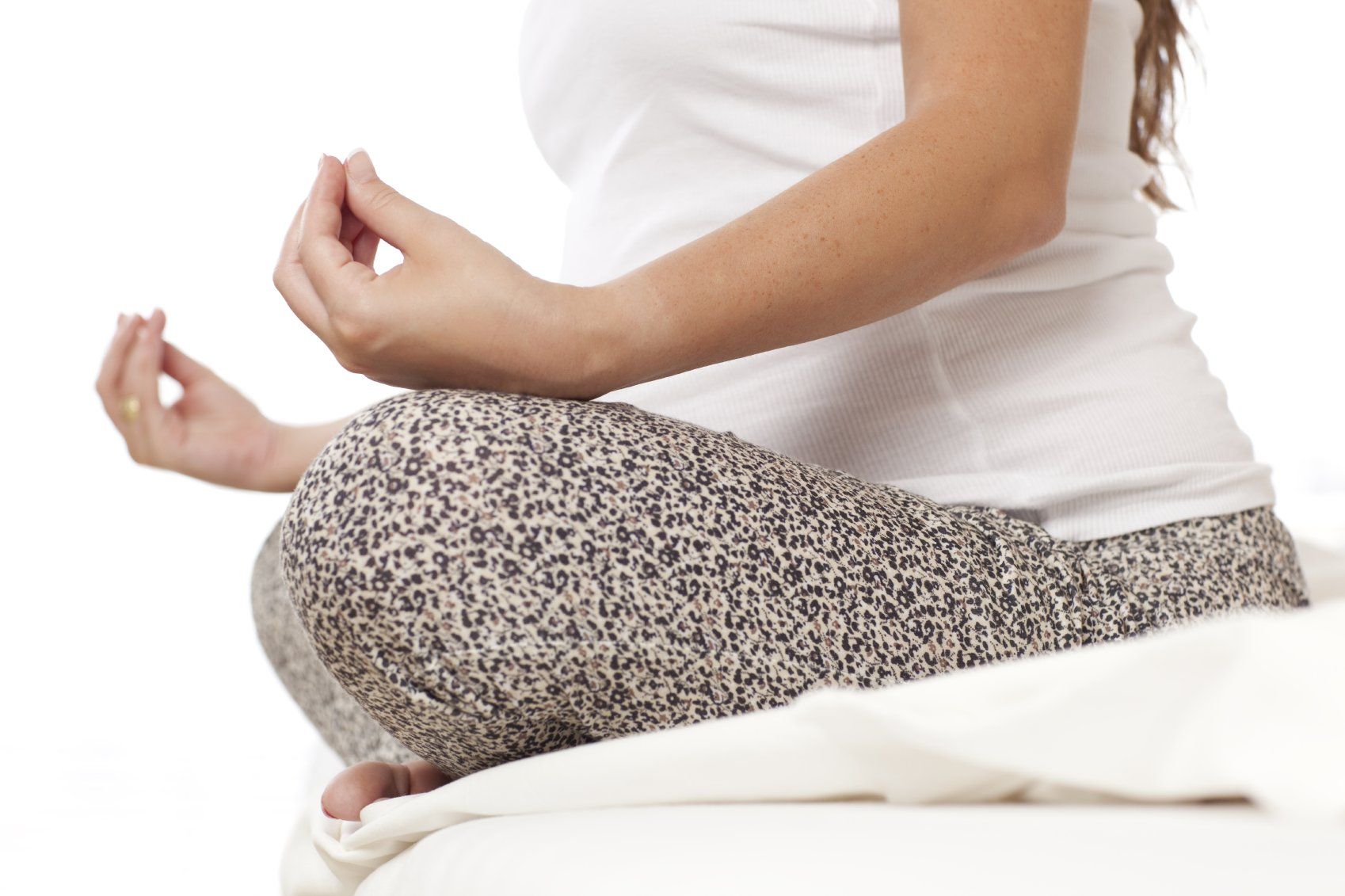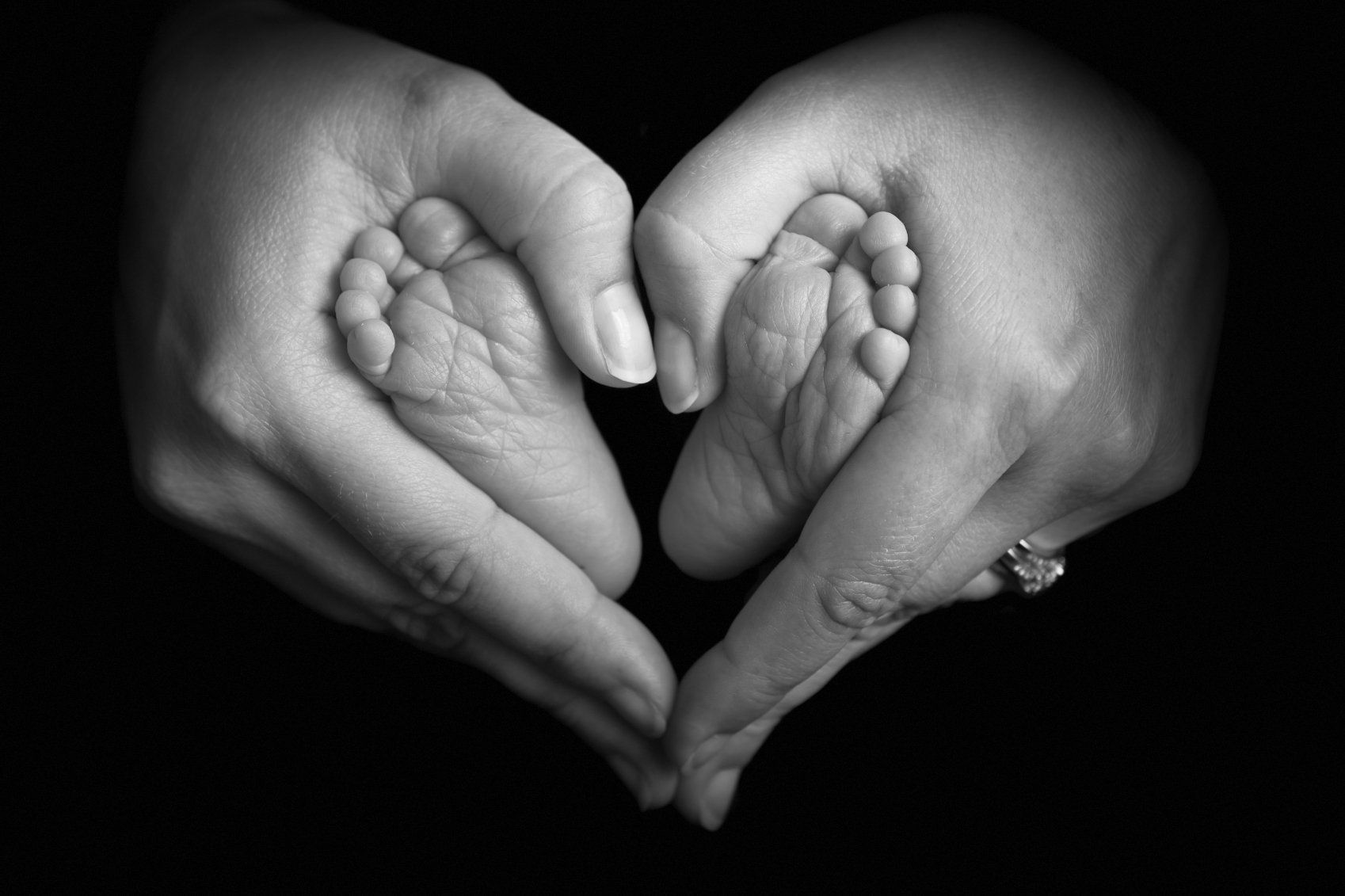










As I write this my youngest child has just turned 2. It seems a fitting time to reflect on my postnatal “recovery”, or as I prefer “discovery”. It is not really a return to what was before, but a new mother version of me. I want to talk about the physical and emotional changes, in so much as I can remember.
Let me briefly tell you about my first baby. She is now 4 and a half, so for the past 5 years I have been on this perinatal journey. When she was born I had a natural vaginal birth with a small tear. I had a sore coccyx for a while, and rib flare for many months (which I didn’t actually realise until recently – I thought it was a just a thing getting bigger after a baby). My abdominal muscles returned back to normal fairly quickly. Emotionally I found things very difficult, especially the fourth trimester. Things got much easier after 3 months, and I expected this to be the same when my second baby arrived.
Alas, after 3 months, 6 months came and I was still finding things really hard. I wasn’t as tearful as first time, but I was exhausted. Having a toddler as well, and multiple lockdowns, meant I didn’t get any rest. It wasn’t until about my littlest was 18 months old that I started to feel like I was doing okay and could get in touch with myself. At about 20 months when he started to sleep through fairly consistently I felt so much better mentally. Sleep deprivation is really tough! When I meet new mums in the throes I this I remind myself how it is both mentally and physically exhausting.
So as for my physical recovery. Again I had a second degree tear (something I was not warned was so common – up to 9 in 10). This healed up all fine, but it felt different this time. I even went to get things checked out because no had checked me in the initial weeks. It was fine, worth asking, but remember it takes a while to adjust to your body being different.
People often ask when they can start fitness such as running. Don’t rush. I was fairly fit between babies, after my first I had completed the “couch to 5k” and furthered my yoga practise. But by the last few weeks of pregnancy I could barely walk 10 minutes without leaking pee (the uterus sits on top of the bladder so there is a lot of pressure there). This meant that I wasn’t as fit and I felt easily out of puff postnatally! We took things easy, as was one silver lining of 2020, but I recall walking 15 minutes to meet friends at around 6-7 weeks, and really struggling. Pushing my baby in the pram and a baby on the buggy board was hard! I gradually built up walking and one day, I can’t remember when, it was fine. I attempted running at 4 months, but my pelvic floor wasn’t up to it. Now, I was good at practising pelvic floor exercises and engaging in functional movements. But running is a high impact activity so it puts more pressure on the pelvic floor. So, I listened to my body. At 7 months I ran my first 5k since before I was pregnant. It felt good to achieve, and I run now and then, but I don’t push it. I don’t want to deplete my energy which is already running low. Whilst getting moving and exercise can certainly boost our mood and energy levels, it’s also possible to do too much. Like in most things, it’s good to strike a balance.
A factor in the leaking may be diastasis. My tummy muscles did not zip back to 1cm gap as with baby one. It’s completely normal for the connective tissues between the abdominal muscles to thin during pregnancy, sometimes they return by themselves and sometimes they don’t. I had a 3cm gap for a long time, despite some rehabilitation exercises. At 8 months postpartum I began my 200 hour teacher training course. At first I had to adapt some postures because my body wasn’t ready for full planks and back bends. But now, almost 18 months later, I feel strong. There is still a bit of gap where the connective tissue has thinned, but the deep and stabilising transverse abdominus supports me. It is important to remember to give the body time.
Having children has aged me, I think mostly through the lack of sleep. Sleep helps the body to repair, so when you don’t get enough the skin is going to suffer. My dad used to joke about the stress of us kids turning his hair white. Whether or not we find parenting stressful, there is the natural anxiety that comes with it, as we biologically need to protect our babies.
Talking about hair, I wasn’t told about postpartum hair loss. It was alarming when my hair started thinning around 3 months and my hairbrush was full! I noticed this more this second time, and thankfully I had no bald areas. It is normal, as the hair gets thicker in pregnancy (actually it simply stays in for longer) so after pregnancy it is returning back to “normal” in most cases. I had fluffy baby hair at the temples from around 6 months as it started to grow. Amazing how the body changes!
Remember that these changes take time and that every body is different. In many ways I feel stronger now than I did 5 years ago. Both physically and mentally. Growing and birthing a baby gives you a new sense of your power and worth. Yet helping them to grow and adapting to your new body and identity as a mum can be surprisingly challenging. If you have concerns about anything I have raised here, please speak to your GP or health visitor. You can also self-refer to the NHS physiotherapists up to 12 weeks postnatally.
My postnatal journey has been a roller coaster of emotions and it doesn’t stop here. I will always be a mother and my body and my brain will be forever altered. Whilst becoming a parent we can feel lost, I feel that I have found a special purpose and I wouldn’t change it!









